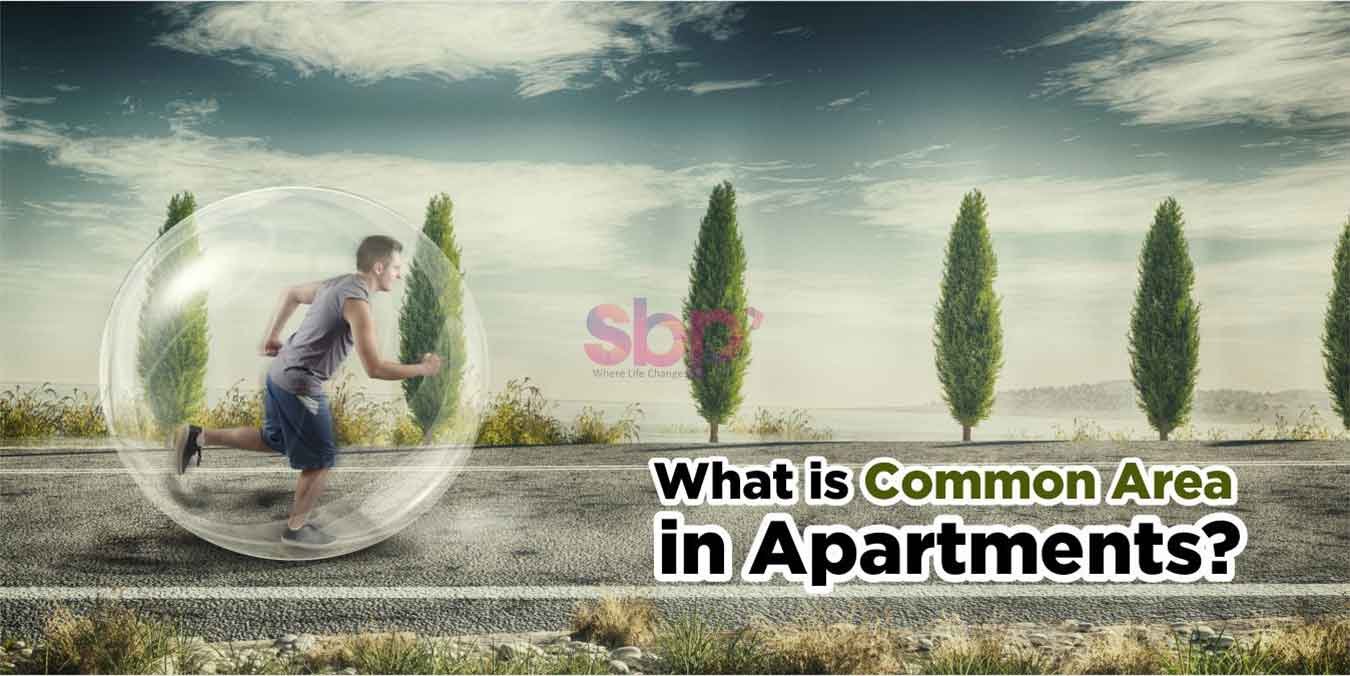There are various terms involved when it comes to real estate sector. One of such terms which you may have heard is ‘common area’. As the name suggests, a common area is that area which is common to every resident is Charged by all the residents of a complex of apartments. A co-owner of the common areas is every property owner in a project. It belongs equally to all owners.
Now Let us Get in Detail About it:
If a Real Estate Developers offers you the super-built area of a house, the entire area, including the common areas, is included in it. As per the RERA Act, 2016, common areas include:
- The entire land for the real estate project, or if the project is developed in phases and registration under the RERA is sought for a phase, the entire land for that particular phase.
- Staircases, elevators, staircase and elevator lobbies, fire escapes, and common entrances and exits of buildings.
- Common terraces and basements, parks, play areas, open parking areas, and common storage spaces.
- The premises for lodging of persons who are employed for the management of the property, including accommodation for watchmen and ward staff, or for the lodging of community service personnel.
- All community and commercial facilities as provided in the real estate project.
- Installations of central services such as electricity, gas, water and sanitation, air-conditioning and incineration, and systems for water conservation and renewable energy.
- Water tanks, pumps, motors, compressors, fans, ducts, and all apparatus connected with installations for common use.
- Other portions of the project necessary or convenient for its maintenance, safety, etc. and in common use.
Not only RERA but Apartment Act also have some guidelines for common area:
- Before the association of allotters takes over, the developer is responsible for preserving common areas.
- The responsibility for the common area maintenance falls to all members of society.
- The landlord is liable for the maintenance of the common areas in the case of commercial property.
When it comes to an area that is shared by all there are various questions attached to it. SBP Group offers you answer to all your queries as follow:
Who’s Responsible for The Maintenance of the Common Area?
All occupants are equally accountable for open areas and their maintenance. The Real Estate Act (RERA) specifies that it should be the responsibility of every allottee to make payments to maintain the property and the premises. All citizens collect a stipulated fee and this goes towards operational expenses undertaken to protect the community areas.
Can It Be Possible to Inherit and Pass Common Area?
It is possible to inherit or transfer common areas and facilities by sale, mortgage, lease, gift, or swap, along with an undivided interest in common areas. This inheritance of such property will be defined in accordance with the law of succession.
If you are not using common areas and services, do you pay maintenance charges?
According to the Apartment act, ‘No apartment owners may exempt themselves from liability for their contribution towards the common expenses by waiver of the use or enjoyment of any of the common areas and facilities or by the abandonment of their apartment’ In simple words, ‘yes’ it is mandatory for all to pay maintenance charges.
How Can Common Areas Be Identified?
Information on the property on which the building was constructed and the common areas and amenities must be included in the sale documents of the apartment and its registration papers. It should also note whether the property is freehold property or leasehold and whether the lease period is a leasehold property. It should also include the percentage of an undivided interest in the common areas and services relating to the apartment. It must also explain the restricted common areas and services.
Is It Possible to Sell Common Roof Rights Through a Developer?
Giving or selling exclusive rights to the terrace or rooftop is an unethical activity in a housing society. All other common terraces belong to a resident unless the terrace is attached to a unit. A terrace, if inaccessible from common areas, is private. It is not possible to buy or sell common terrace space and is, thus, not included in the floor area ratio (FAR). Buyers may contact the consumer forum or even bring a civil lawsuit against the contractor if a developer participates in such unfair practices.
Can We Use a Common Area for Other Purposes?
For other purposes, common areas may be used but not ‘converted’ by an entity for some other use that serves his/her personal interest. For instance, it won’t become a parking spot if someone tries to park a car in the common area. Residents, both tenants, and owners should refrain from invading common areas, since there are many co-owners lawfully, and your actions should not prohibit them until and unless you have special authorization from the apartment association.
What Happens in The Event of Apartment Destruction?
If an apartment project is damaged or demolished and the apartment owners do not intend to restore, rebuild or repair such a property, the property shall be considered to belong to the common owners of the apartment and the undivided interest in the common ownership of such property shall be the percentage of the undivided interest previously held by that owner in the common ownership.
We hope that this article satisfies your query related to the common area. If you need any more information on real estate, you can visit our website with us anytime.






